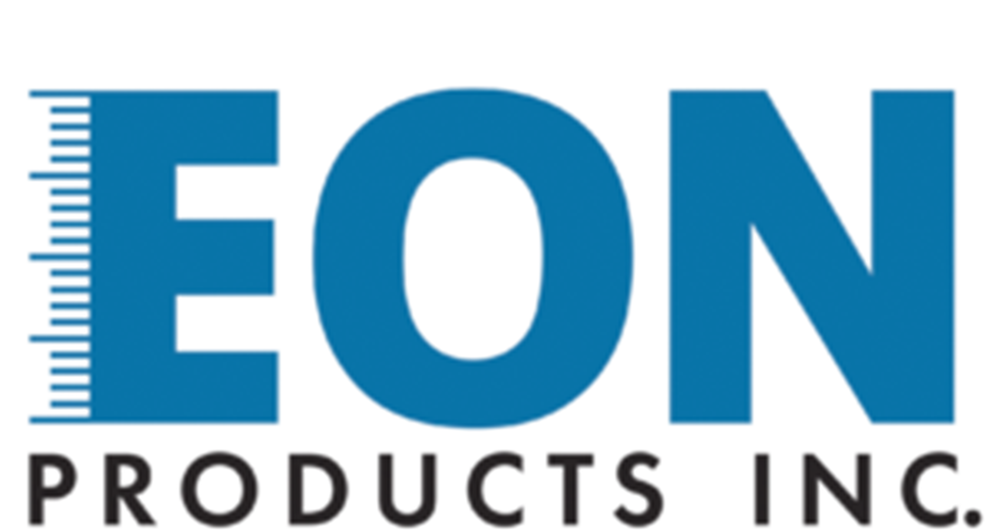Interpreting Results and Making Informed Decisions in Groundwater Monitoring
The ability to accurately interpret the results of groundwater tests is essential for making informed decisions that protect our environment and public health. This article delves into the interpretation of common substances monitored in groundwater, including Volatile Organic Compounds (VOCs), Semi Volatile Organic Compounds (SVOCs), and Per- and Polyfluoroalkyl Substances (PFAS), and the decision-making processes driven by this data.
Understanding VOCs in Groundwater
Volatile Organic Compounds are common contaminants in groundwater. They include chemicals like benzene, toluene, ethylbenzene, and xylene (BTEX), often found in industrial solvents and petroleum products.
When interpreting VOC levels, it’s crucial to compare the concentrations against regulatory standards, such as those set by the Environmental Protection Agency (EPA). For example, the EPA’s maximum contaminant level (MCL) for benzene in drinking water is 5 parts per billion (ppb). Levels exceeding this threshold indicate a potential health risk and necessitate remedial action.
The Impact of SVOCs
Semi Volatile Organic Compounds, though less volatile than VOCs, are equally concerning. These include compounds like naphthalene and phenols, commonly originating from industrial discharges and pesticide runoff.
SVOCs tend to adhere to soil particles, making their migration slower but persistent. Interpreting SVOC data involves assessing both concentration levels and the extent of spread. Remediation strategies might involve soil excavation or in-situ treatment methods.
PFAS: The Emerging Contaminant
PFAS, often referred to as “forever chemicals,” are a group of man-made compounds used in various industrial applications and consumer products. Due to their persistence and bioaccumulation potential, PFAS are particularly concerning.
Interpreting PFAS levels involves understanding both individual compound concentrations and total PFAS burden. With evolving regulations, and new groups of PFAS constantly being discovered and researched, it’s important to stay updated on guideline values. The EPA finalized MCL’s for PFAS in drinking water in April of 2024, with levels for PFOA and PFOS set at 4 parts per trillion (ppt). Other PFAS, such as PFNA, PFHxS and “GenX Chemicals” are set at 10 ppt.
Data-Driven Decision Making
The interpretation of groundwater contaminants drives critical decisions in environmental management. For most contaminants, exceeding regulatory thresholds often triggers site investigations to determine the contamination source and extent. Remediation decisions are based on factors like contaminant type, concentration, and site characteristics.
Now that PFAS standards are set, facilities such as wastewater treatment plants and landfills must comply with the new limits over the next few years. As these facilities are investigated, sites where PFAS levels are over the limits will require long term monitoring, upstream investigations, and extensive remediation plans until the sites are below the thresholds. Throughout this investigative process, the industry is working hard to develop cost effective remediation plans for these “forever chemicals”.
Conclusion
Interpreting groundwater monitoring data is a nuanced and critical process. Understanding the implications of various contaminants like VOCs, SVOCs, and PFAS is key to making informed decisions for environmental and public health protection.
Utilizing passive groundwater sampling methods in your groundwater monitoring can ensure accurate and timely data, allowing you to make decisions quicker and move faster to act. The low cost of passive sampling can also free up more funds to allocate towards remediation and compliance.
Schedule a free consultation to learn more about how passive groundwater sampling equipment from EON can help you make better decisions while saving time and money.

